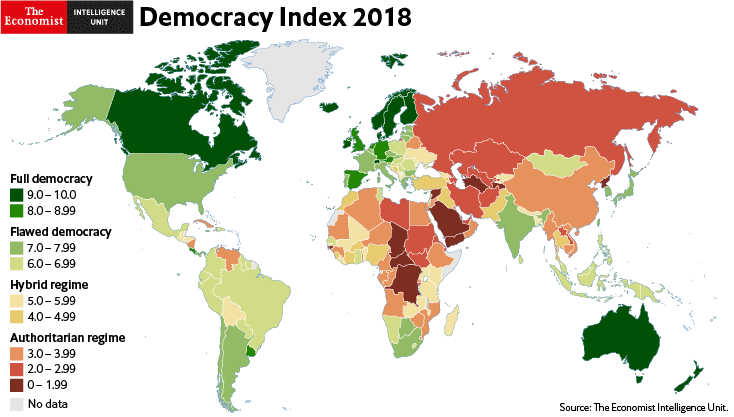900 319 0030
enquiry@shankarias.in
Why in news?
The “State of Democracy in the World in 2018” index report titled “Me Too? Political participation, protest and democracy” was published recently.
What is the report on?
What are the highlights?

What is the case with India?
What affects India's rankings?
Source: Indian Express